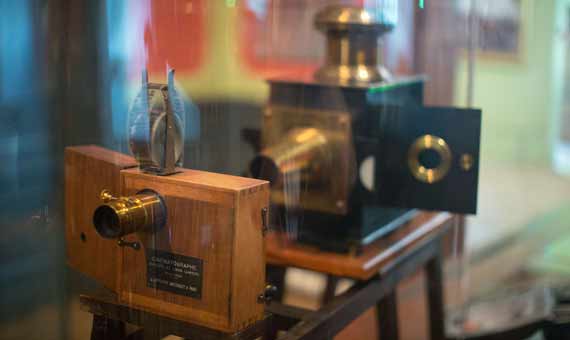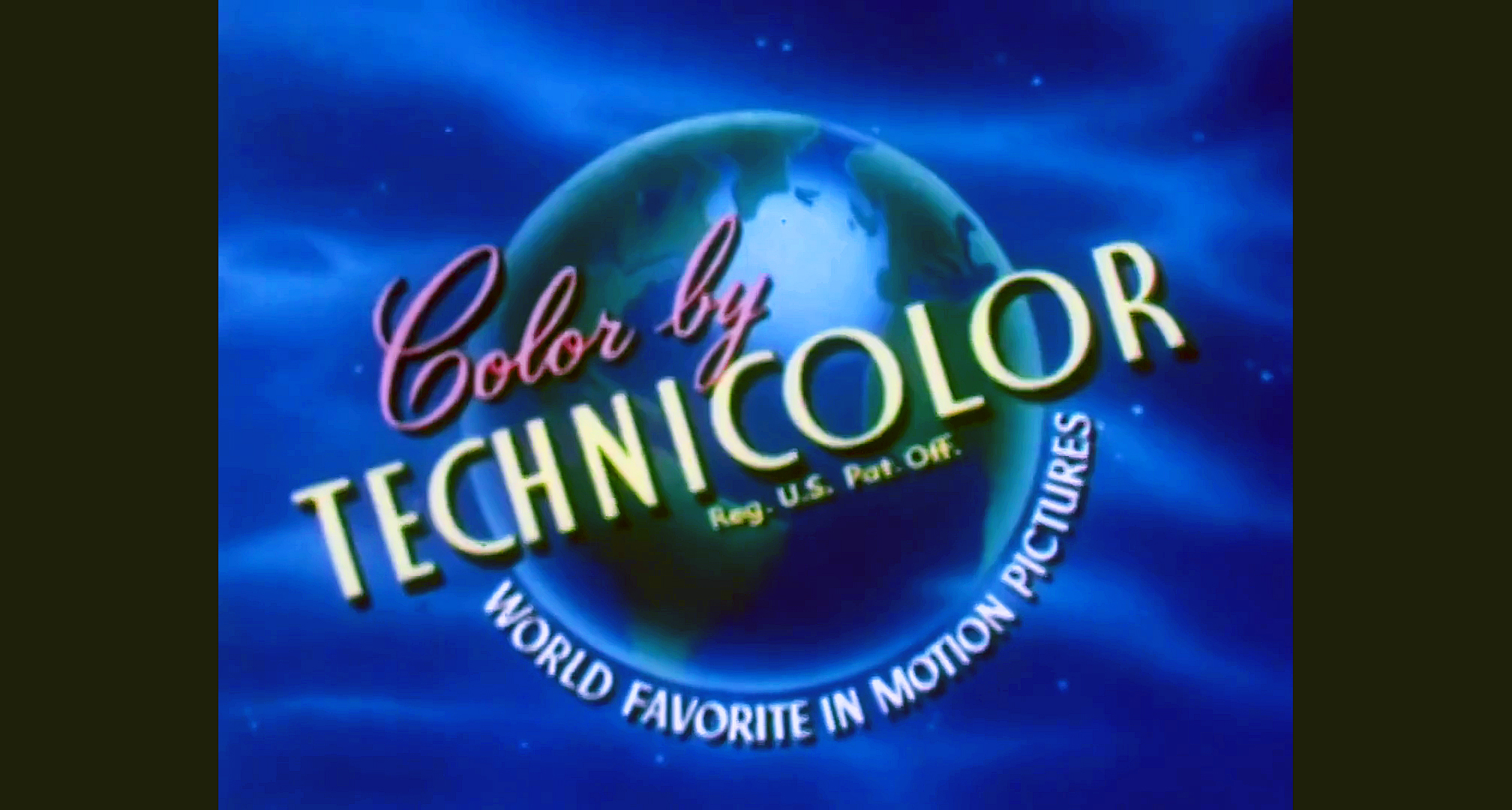Every social media outlet we use from Instagram, Facebook, Twitter, Snapchat, Pinterest, etc. has shaped our society into what it is today. There are up and downsides to this instantaneous overflow of information. Such as, it is wonderful someone can chat with someone from the USA to the Philippines. However, private information can be leaked easily and hackers use this to their advantage. Though there are potential threats to the security of your private information, I believe the good outweighs the bad. The impact you have for people locally and internationally is an amazing benefit that could not have been dreamt of even 20 years ago!
As far as my use of social media, I go to Instagram, Snapchat, and Pinterest the most. On Instagram, I have a little over 630 followers, which I do not think is bad for a local NC girl. Snapchat, I have quite a list of friends from my hometown and college. My "snap score" is over 200,000. Makes sense considering I have had this app for 3 years. Lastly, Pinterest. I have a personal and business account. For the sake of numbers, I will list my business stats. I have 4 followers, but 26k impressions, 336 engagements, 293 for audience engagement, and lastly, a total audience of 24.1k. I am using Pinterest as a way to pay for my own car.
As to content, for Instagram and Snapchat it is a way to display my personal life on a daily basis with events like seeing my boyfriend or holidays or even spontaneous photoshoots with my timer function on my camera. Pinterest, however, I have 4 boards: Travel, Money, Lifestyle, and Health.
For a first time viewer of my digital social life, one would see that I am active in my interests of politics, golf, sailing, and singing along with being a southern gal from NC who is an only child.
Voluntarily giving out information is what we do on these social sites whether we realize this or not. Two big pieces of info are email and phone. I usually use an email address I am not as active on, and my phone number is a rare detail I add. Email is the only one I am ok with giving up to these sites in case I forget my password, or have any other account issues and need to reset my account for any reason.
The emotional impact of social media apps and sites have been a huge topic as it regards to mental health. Personally, I did feel lonely and depressed in my mid-teen years, but now that I am in my 20's I do not let other people's happiness give me a sense of FOMO (Fear of Missing Out). I am happy for their joy and post and brag about mine when I have the chance and good enough lighting.
---------------------------------------------------------------------------------------------------------
This is my last post for this blog and semester. Hope the various topics were intriguing and fun to read! Happy Holidays! *Be Happy Y'all!*









































